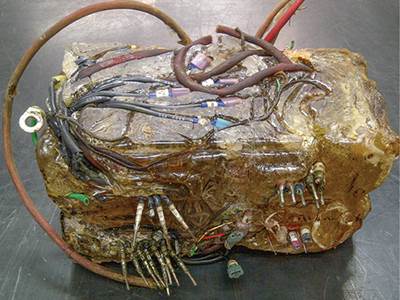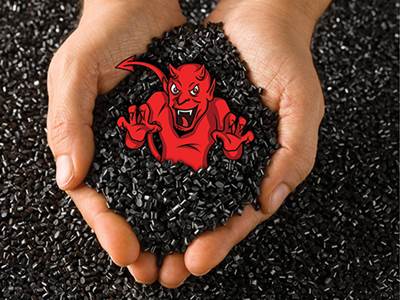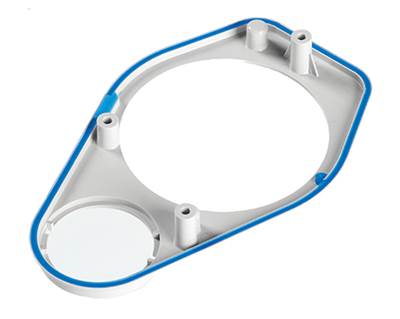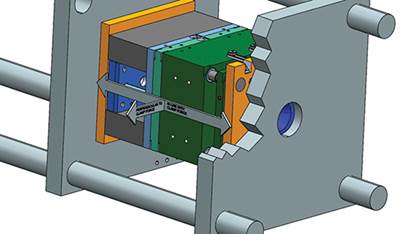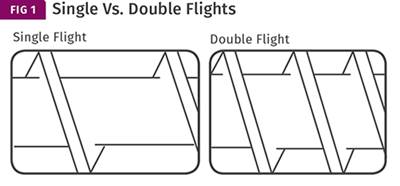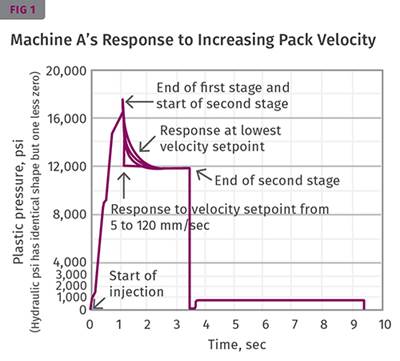best practices
Understanding the Effects of Paint On Plastics
Paint can have significant effects on mechanical properties of plastic parts. As illustrated by this OEM’s procedure in developing new-generation outboard-motor covers, there’s no substitute for thorough testing.
Read MorePrevent & Minimize Downtime in Hot Runner Molding
There are simple explanations for the most common hot-runner problems and equally simple ways to prevent them. One is to take advantage of features often overlooked in today’s hot-runner controls.
Read MoreThe Paradox of Proportioning
Continuous proportioning typically involves a group of gravimetric feeders operating under some form of higher level coordinating control. One would think the result should be a perfectly formulated composite stream. But the devil is in the details.
Read MoreAutomation Eliminates Contamination
Many molders use robots to boost output and repeatability, but SSI also uses them to prevent contamination of critical diagnostic products.
Read MoreRogan Corp. at 80: Growing in Medical, LSR, Two-Shot Molding
Bondable TPEs and LSRs support growth in two-shot molding for medical and other markets.
Read MoreFamily-Owned Thermoformer Continues to Flourish
By adding technology, home-grown tooling, and automation, industrial thermoformer C&K Plastics has grown while getting its costs under control.
Read MoreTOOLING: Flash-Free Molding: Part 1
A robust process window relies a lot on tooling. So it stands to reason that making a tool change to address issues provides a more robust solution
Read MoreEXTRUSION: Double Flights Are Not a Cure-All
There are certain applications where double-flighted feed sections make sense, and others where they don’t.
Read MoreINJECTION MOLDING: How Does Your Machine Control Pack Velocity?
You’ll need to find out in order to develop a molding process that you can repeat from machine to machine and mold to mold.
Read MoreMATERIALS: Don’t Guess Your Way through Root Cause Analysis: Part 2
The huge chasm between the laboratory and manufacturing discipline usually does not lend itself to problem-solving. It can be improved with clear communication between the analysis laboratory and the people bringing the problem to the lab.
Read More

